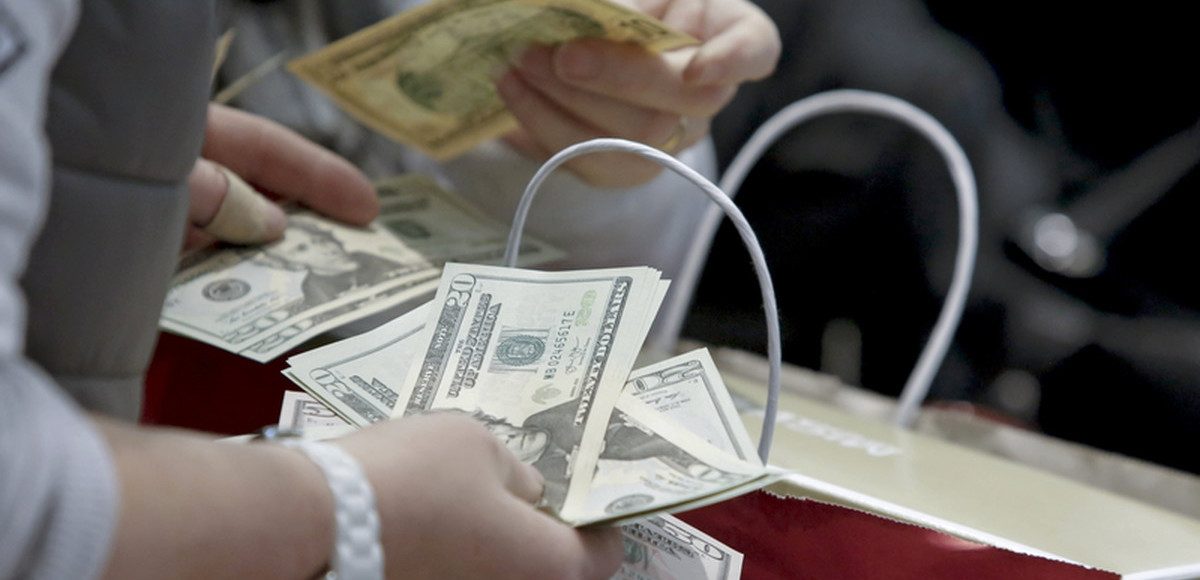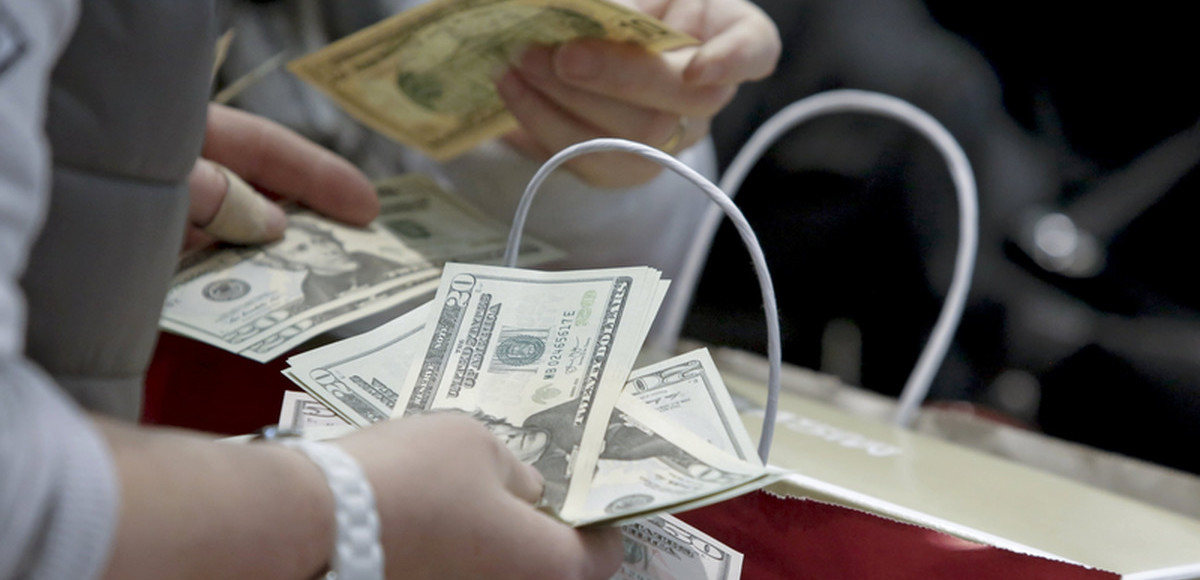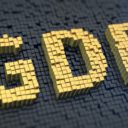

People count money at Macy’s Herald Square store during the early opening of the Black Friday sales in the Manhattan borough of New York, November 26, 2015. (Photo: Reuters)
The Bureau of Economic Analysis (BEA) estimates personal income increased by $58.7 billion (0.4%) in December, fueled by a solid 0.5% gain in wages and salaries. Disposable personal income (DPI) increased 0.3%, or $48.0 billion, and personal consumption expenditures (PCE) increased by 0.4%, or $54.2 billion.
Real DPI increased 0.2% in December and Real PCE increased 0.3%. The PCE price index increased 0.1%. Excluding food and energy, the PCE price index increased 0.2%.
The one potential negative in an otherwise strong and positive report comes from a 0.1% decline in the savings rate to a 13-year low — 2.4%. That follows a significant downward revised 2.5% rate in November (2.9% initially reported). It could indicate that consumers are using their savings to spend.
The data in this report was included in the less-than-expected 2.6% annual rate of growth in gross domestic product (GDP) for the fourth quarter (4Q). However, given it was the initial estimate and incomplete, most analysts believe it is “ripe for upward revisions.”
BEA Definitions
Personal income is the income received by, or on behalf of, all persons from all sources: from participation as laborers in production, from owning a home or business, from the ownership of financial assets, and from government and business in the form of transfers. It includes income from domestic sources as well as the rest of world. It does not include realized or unrealized capital gains or losses.
Disposable personal income is the income available to persons for spending or saving. It is equal to personal income less personal current taxes.
Personal consumption expenditures (PCE) is the value of the goods and services purchased by, or on the behalf of, “persons” who reside in the United States.
Personal outlays is the sum of PCE, personal interest payments, and personal current transfer payments. Personal saving is personal income less personal outlays and personal current taxes.
The personal saving rate is personal saving as a percentage of disposable personal income.
Current-dollar estimates are valued in the prices of the period when the transactions occurred—that is, at “market value.” Also referred to as “nominal estimates” or as “current-price estimates.”
Real values are inflation-adjusted estimates—that is, estimates that exclude the effects of price changes.






ReleaSETHeMemo Shinobi / January 29, 2018
Crumbs she says
/